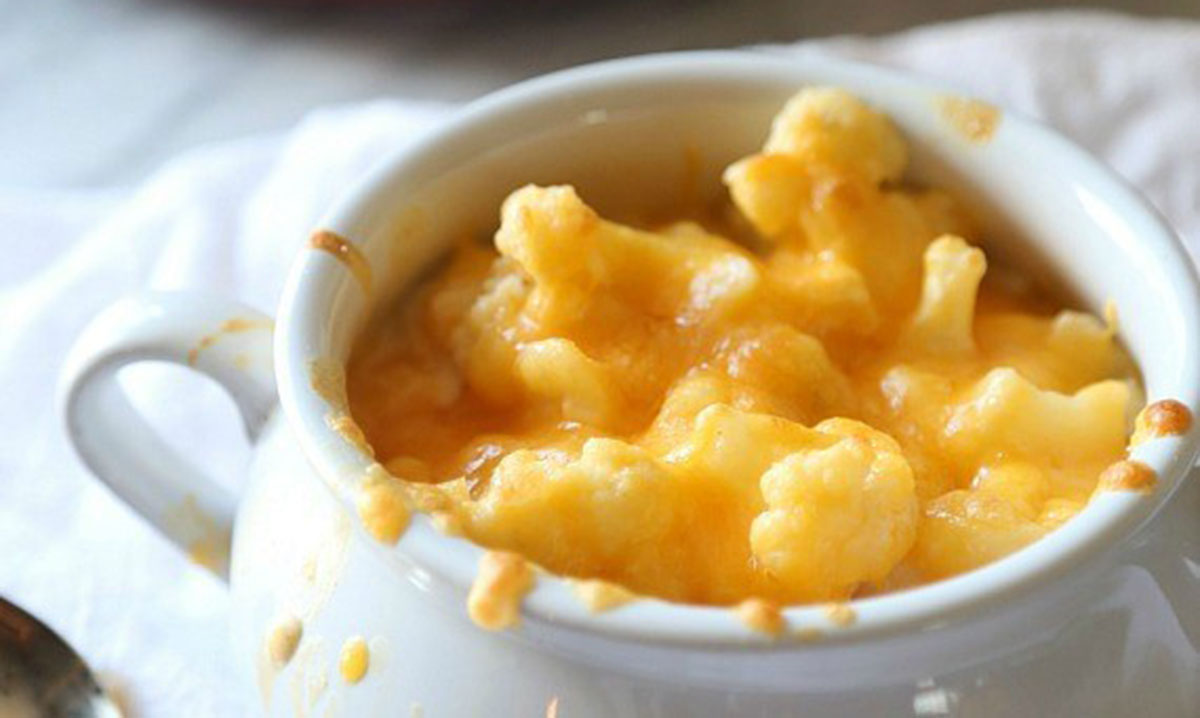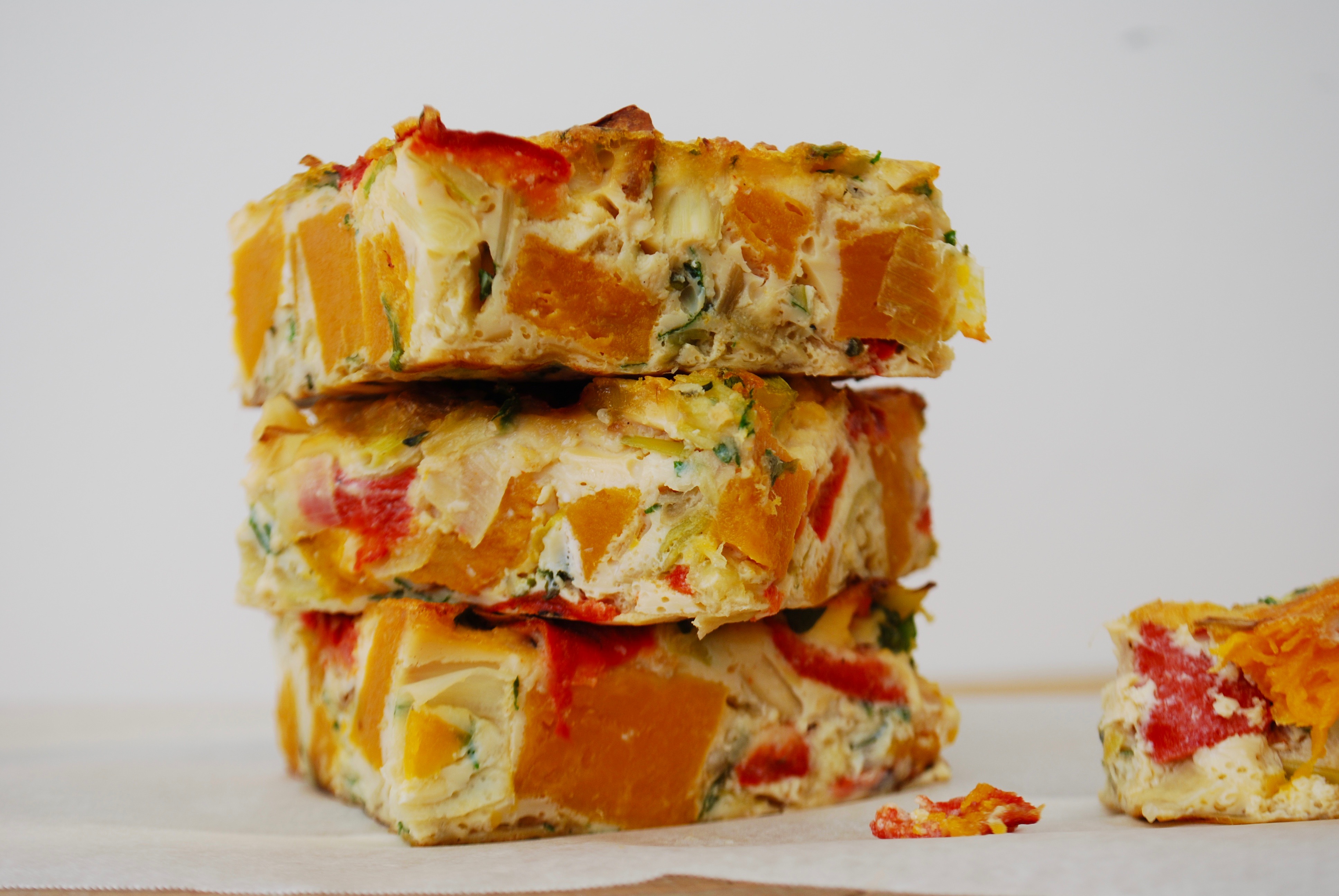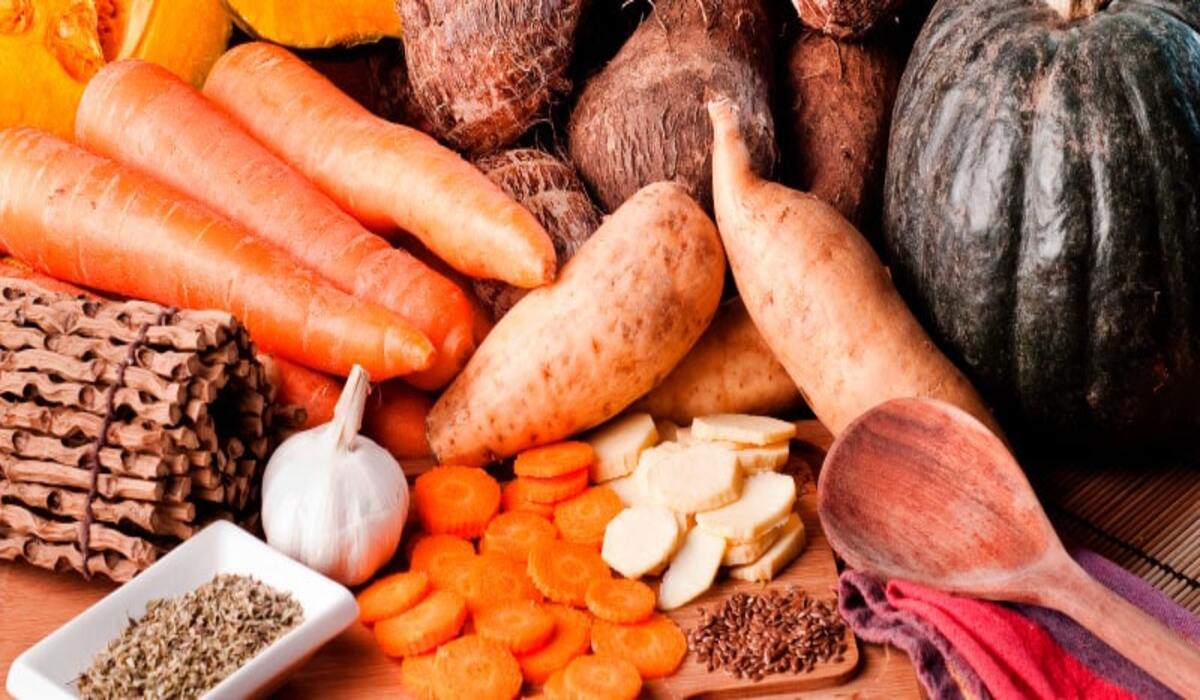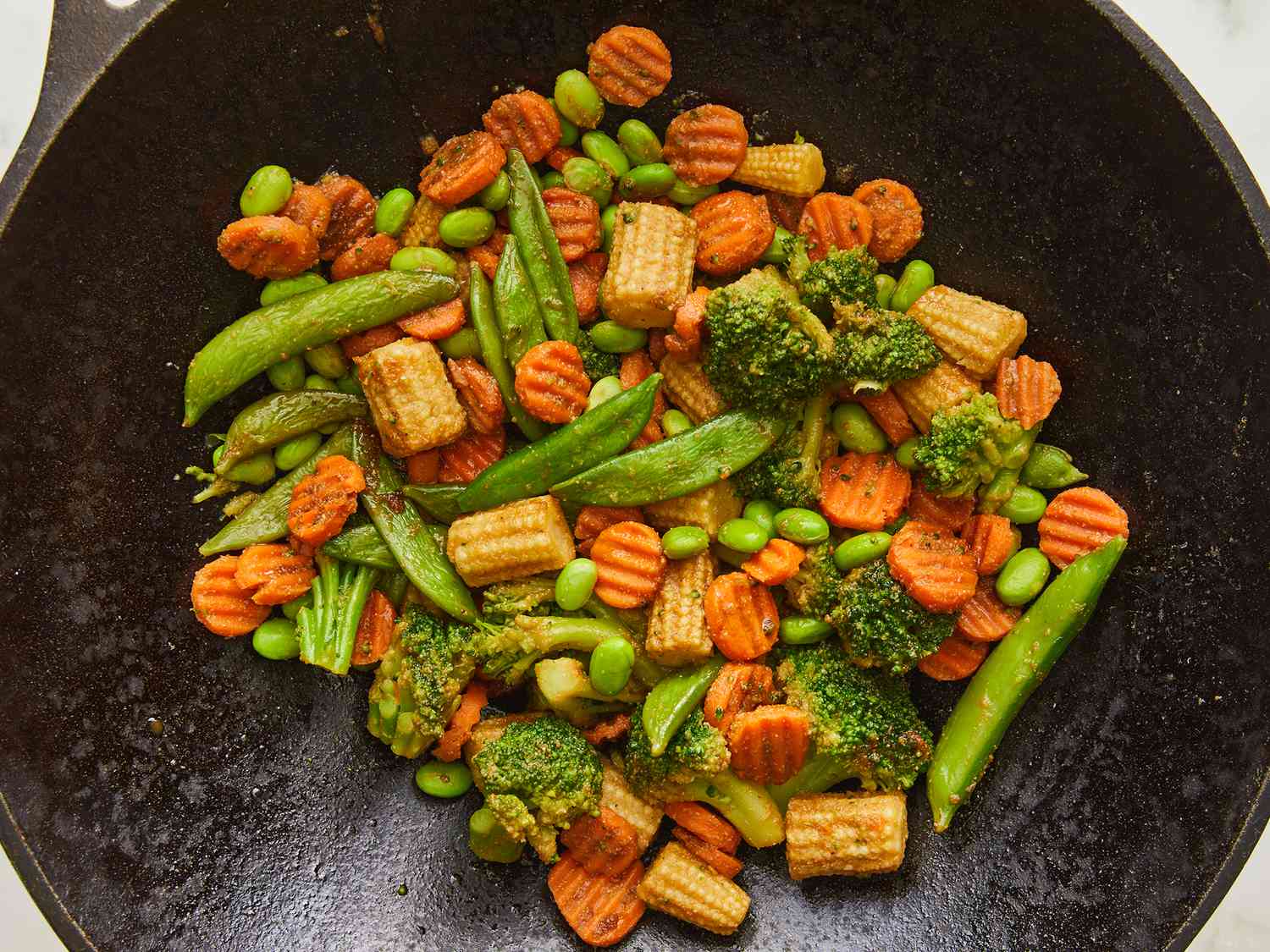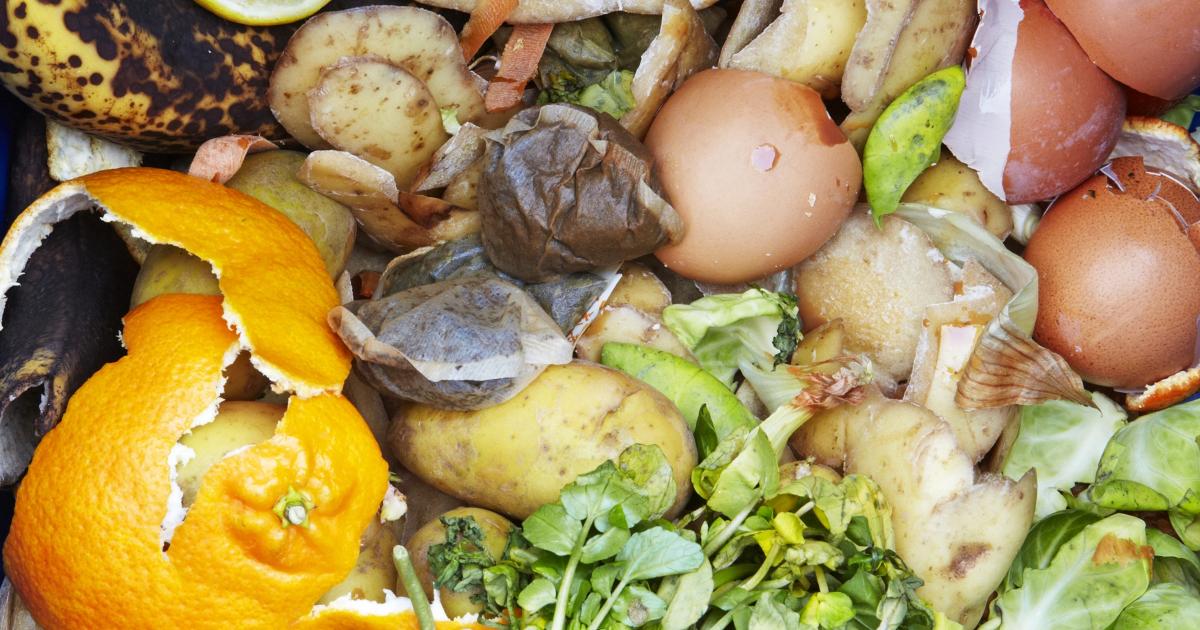Home>Gardening News and Trends>Latest News>What Must The Food Worker Do Before Chopping The Vegetables To Prevent Cross Contamination


Latest News
What Must The Food Worker Do Before Chopping The Vegetables To Prevent Cross Contamination
Modified: January 22, 2024
Stay updated with the latest news on how food workers can prevent cross contamination before chopping vegetables.
(Many of the links in this article redirect to a specific reviewed product. Your purchase of these products through affiliate links helps to generate commission for Chicagolandgardening.com, at no extra cost. Learn more)
Table of Contents
- Introduction
- Importance of Preventing Cross Contamination in Food Preparation
- Understanding the Risks of Cross Contamination in Chopping Vegetables
- Steps to be Taken by Food Workers Before Chopping Vegetables
- Handwashing
- Properly Cleaning Cutting Boards and Knives
- Separating Raw and Cooked Vegetables
- Using Different Cutting Boards for Different Types of Vegetables
- Sanitizing Food Preparation Surfaces
- Storing Vegetables Correctly
- Conclusion
Introduction
When it comes to food safety, preventing cross contamination is of paramount importance. Cross contamination occurs when harmful bacteria or pathogens are transferred from one surface or food item to another, leading to the risk of foodborne illnesses. In a food preparation setting, such as a kitchen or a restaurant, it is crucial for food workers to take necessary precautions to prevent cross contamination, especially when handling and chopping vegetables.
Vegetables form an essential part of many meals, providing vital nutrients and flavors. However, if proper hygiene practices are not followed during vegetable preparation, the risk of cross contamination can multiply. Therefore, it is imperative for food workers to understand the risks involved and take appropriate steps to minimize the chances of cross contamination when chopping vegetables.
This article will discuss the significance of preventing cross contamination in food preparation, specifically focusing on chopping vegetables. It will also highlight the risks associated with cross contamination in this context, and provide a comprehensive guide of steps that food workers must take before chopping vegetables. By following these guidelines, food workers can ensure the safety and integrity of the food they serve, ultimately protecting the health and well-being of their customers.
Importance of Preventing Cross Contamination in Food Preparation
Ensuring food safety is a critical aspect of any food establishment, and one of the key elements in achieving this is preventing cross contamination. Cross contamination can occur when harmful bacteria, viruses, or other pathogens are transferred from one object or food source to another. This can happen through direct contact, contaminated surfaces, or inadequate hygiene practices.
Preventing cross contamination is particularly crucial in food preparation, where the risk of contamination is high due to the handling of various ingredients. When it comes to chopping vegetables, the risk of cross contamination arises from the potential transfer of harmful pathogens from raw or uncooked vegetables to ready-to-eat or cooked ones. This can result in foodborne illnesses, ranging from mild cases of food poisoning to severe health complications.
There are several reasons why it is essential to prioritize the prevention of cross contamination in food preparation:
- Protecting public health: Cross contamination can lead to the transmission of harmful microorganisms that can cause foodborne illnesses. These illnesses can be particularly dangerous for vulnerable populations, such as young children, the elderly, and those with weakened immune systems.
- Maintaining food quality: Cross contamination can also compromise the quality and freshness of food. When pathogens are transferred from one ingredient to another, it can result in a rapid deterioration of nutritional value and flavor, leading to sub-par dishes.
- Preserving reputation and customer trust: Food establishments rely on maintaining a good reputation and customer trust. A single instance of cross contamination and subsequent food poisoning can significantly damage a business’s reputation and lead to a loss of customer confidence. Prioritizing food safety and preventing cross contamination is vital for keeping customers satisfied and loyal.
By implementing strict protocols and best practices to prevent cross contamination, food workers can minimize the risks associated with foodborne illnesses, ensure the quality and integrity of their dishes, and establish a safe and trustworthy environment for both their staff and customers.
Understanding the Risks of Cross Contamination in Chopping Vegetables
Chopping vegetables may seem like a routine task in food preparation, but it is essential to recognize the potential risks and consequences of cross contamination in this process. When food workers fail to maintain proper hygiene practices during the chopping phase, harmful pathogens can easily spread from one vegetable to another, posing a serious health risk. Here are some key risks associated with cross contamination in chopping vegetables:
- Transfer of bacteria: Vegetables, especially raw ones, can harbor various bacteria, such as Salmonella and E. coli. When a contaminated vegetable comes into contact with a clean one during chopping, these bacteria can easily transfer, increasing the risk of foodborne illnesses.
- Spreading of foodborne pathogens: Some pathogens, like Norovirus, can survive on surfaces for extended periods. If a chopping board or knife used for raw vegetables comes into contact with cooked or ready-to-eat veggies, the pathogens can be transferred, contaminating the safe food items.
- Allergen cross contamination: Cross contamination in chopping vegetables can also lead to the transfer of allergens. For example, if a knife is used to chop onions, and then the same knife is used to chop a different vegetable without proper cleaning, it can result in the transfer of onion allergens to the other vegetable, potentially causing an allergic reaction in susceptible individuals.
- Development of resistant strains: Improper handling and cross contamination can contribute to the development of antibiotic-resistant strains of bacteria. This poses a significant challenge in treating foodborne illnesses and can have severe implications for public health.
- Legal implications: Inadequate food safety practices resulting in cross contamination can lead to legal repercussions for food establishments. Violations in hygiene and failure to prevent cross contamination can result in penalties, fines, and even closures.
Understanding these risks underscores the need for proactive measures to prevent cross contamination when chopping vegetables. By being aware of the potential consequences, food workers can prioritize hygiene and implement preventive measures to safeguard the health and well-being of their customers.
Steps to be Taken by Food Workers Before Chopping Vegetables
To ensure the prevention of cross contamination and maintain food safety, food workers must follow strict protocols before chopping vegetables. These steps are designed to minimize the risk of transferring harmful pathogens from one vegetable to another. Here are key measures that should be taken:
- Handwashing: Before handling any vegetables, food workers must thoroughly wash their hands with warm water and soap for at least 20 seconds. This step is crucial in removing any potential bacteria or contaminants from their hands.
- Properly cleaning cutting boards and knives: All cutting boards and knives should be thoroughly cleaned and sanitized before use. If possible, use separate cutting boards for different types of vegetables (raw, cooked, or allergenic) to minimize the risk of cross contamination.
- Separating raw and cooked vegetables: Keep raw and cooked vegetables separate during storage, preparation, and chopping. Cross contamination can occur when raw vegetables come into contact with cooked ones. Use separate containers or designated areas to prevent any mixing.
- Using different cutting boards for different types of vegetables: As mentioned earlier, using separate cutting boards for different types of vegetables reduces the risk of cross contamination. For example, dedicate one cutting board for raw meat and another for raw vegetables.
- Sanitizing food preparation surfaces: Regularly sanitize food preparation surfaces, such as countertops and cutting boards, especially between different tasks or after handling raw vegetables. This helps eliminate any residual bacteria or pathogens that could potentially contaminate other vegetables.
- Storing vegetables correctly: Proper storage of vegetables is vital to prevent cross contamination. Keep raw vegetables separate from ready-to-eat ones, ideally in separate containers or areas of the refrigerator. Additionally, store vegetables at the appropriate temperature to inhibit bacterial growth.
By following these steps, food workers can significantly reduce the risk of cross contamination when chopping vegetables. These preventive measures ensure that harmful bacteria or allergens are not transferred from one vegetable to another, promoting food safety and protecting the health of consumers.
Handwashing
Handwashing is a crucial step that food workers must take before chopping vegetables. Proper hand hygiene helps remove bacteria, viruses, and other harmful pathogens that may be present on the hands, reducing the risk of cross contamination. Here are some key points to remember about handwashing:
Importance of Handwashing:
Handwashing is one of the most effective ways to prevent the spread of foodborne illnesses. It helps remove dirt, bacteria, and other contaminants from the hands, ensuring that harmful pathogens do not come into contact with the food being prepared. The importance of handwashing cannot be understated, as it is a simple yet powerful measure to maintain food safety.
Proper Handwashing Technique:
Follow these steps for effective handwashing:
- Wet your hands with clean, running water.
- Apply enough soap to cover all surfaces of your hands.
- Rub your hands together vigorously for at least 20 seconds, making sure to lather the backs of your hands, between your fingers, and under your nails.
- Rinse your hands thoroughly under clean, running water.
- Dry your hands with a clean towel or air dry them. If possible, use a disposable towel to avoid recontamination.
When to Wash Hands:
Food workers should wash their hands at specific times to maintain proper hygiene. These include:
- Before starting any food preparation tasks, including chopping vegetables.
- After using the restroom.
- After touching potentially contaminated surfaces or objects, such as raw meat or dirty utensils.
- After sneezing, coughing, or blowing the nose.
- After handling garbage or cleaning chemicals.
Additional Considerations:
While handwashing is a crucial step, there are a few additional considerations to keep in mind:
- Ensure that handwashing stations are readily available and easily accessible in the food preparation area.
- Use warm water and an effective hand soap to enhance the removal of bacteria and contaminants.
- Discourage the use of hand sanitizers as a replacement for handwashing when handling food. Hand sanitizers may be used as an additional measure, but they should never replace thorough handwashing.
By practicing proper handwashing techniques, food workers can significantly reduce the risk of cross contamination when chopping vegetables. This simple yet effective step is a cornerstone of food safety and should be diligently followed at all times during food preparation.
Properly Cleaning Cutting Boards and Knives
Properly cleaning cutting boards and knives is essential in preventing cross contamination during vegetable chopping. These kitchen tools can harbor bacteria and other pathogens, which can be transferred to other vegetables if not cleaned and sanitized correctly. Implementing thorough cleaning practices ensures that the tools are safe to use and minimizes the risk of cross contamination. Here are some key steps to follow:
Separate Cutting Boards:
Use separate cutting boards for different types of vegetables, especially when dealing with raw and cooked vegetables. This practice helps prevent the transfer of harmful bacteria from raw vegetables to cooked or ready-to-eat ones. Color-coding cutting boards can be a useful strategy to easily differentiate between different types of vegetables.
Immediate Cleaning:
After using cutting boards and knives, they should be cleaned as soon as possible to prevent the growth and spread of bacteria. Residual food particles and moisture can create an ideal environment for bacterial growth, increasing the risk of cross contamination.
Scrapping and Washing:
Begin by scraping off any excess food or debris from the cutting board and knives. Then, wash them with hot, soapy water, using a scrub brush or sponge to ensure all surfaces are thoroughly cleaned. Pay extra attention to crevices and corners where bacteria can hide.
Sanitizing:
After washing, the cutting boards and knives should be sanitized to further eliminate any remaining bacteria. You can use a sanitizing solution made of one tablespoon of unscented bleach mixed with one gallon of water. Alternatively, use a food-grade sanitizer following the manufacturer’s instructions.
Drying:
Allow the cutting boards and knives to air dry completely. Moisture can encourage the growth of bacteria, so make sure they are thoroughly dry before using or storing them.
Regular Maintenance:
Cutting boards and knives should undergo regular maintenance to ensure their cleanliness and reliability. Inspect them regularly for signs of wear, such as deep knife cuts or warping on cutting boards, as these can harbor bacteria. Replace worn-out or damaged items promptly to maintain food safety standards.
Separate Knives for Different Food Groups:
If possible, use separate knives for meat, vegetables, and other food groups to minimize the risk of cross contamination. This prevents potential transfer of bacteria from one food group to another.
By following these steps and implementing a proper cleaning routine, food workers can effectively remove bacteria and prevent cross contamination when chopping vegetables. Maintaining clean and sanitized cutting boards and knives is a critical aspect of food safety, ensuring that the vegetables prepared are safe for consumption.
Separating Raw and Cooked Vegetables
Separating raw and cooked vegetables is a vital practice in preventing cross contamination during food preparation. Raw vegetables can potentially harbor harmful bacteria, such as Salmonella and E. coli, which can be easily transferred to cooked or ready-to-eat vegetables. By implementing proper separation techniques, food workers can minimize the risk of cross contamination and ensure the safety of their dishes. Here are some key steps to follow:
Storage Separation:
When storing vegetables, it is crucial to keep raw and cooked veggies separate. Ideally, use distinct containers or designate separate areas in the refrigerator to prevent any mixing. This separation minimizes the risk of cross contamination in case of any accidental spills or leaks.
Preparation Area Separation:
During food preparation, assign separate areas or cutting boards for raw and cooked vegetables. This prevents direct contact between the two and reduces the likelihood of bacteria from raw vegetables transferring to the already cooked or ready-to-eat ones.
Dedicated Utensils:
Use dedicated utensils for raw and cooked vegetables to further prevent cross contamination. For example, use different tongs or forks for handling raw and cooked vegetables. This helps maintain separation and reduces the risk of cross contact.
Proper Handling:
When handling raw vegetables, ensure that they are kept away from cooked or ready-to-eat vegetables at all times. Avoid using the same cutting board, knife, or any other utensils used for raw vegetables on cooked vegetables without thorough cleaning and sanitizing.
Safe Transfer:
If it is necessary to transfer chopped or sliced vegetables from a raw state to a cooked or ready-to-eat state, ensure proper hygiene practices. Wash your hands thoroughly and sanitize any utensils used in the transfer to prevent cross contamination.
Employee Training:
Train your staff on the importance of separating raw and cooked vegetables to prevent cross contamination. Emphasize the significance of maintaining clear separation, proper hand hygiene, and the use of dedicated tools for different food items. Regularly reinforce these practices to ensure consistency and compliance.
By implementing these separation measures, food workers can significantly reduce the risk of cross contamination between raw and cooked vegetables. These practices help maintain the integrity and safety of the dishes served and contribute to overall food safety in the kitchen.
Using Different Cutting Boards for Different Types of Vegetables
Using separate cutting boards for different types of vegetables is a crucial step in preventing cross contamination during food preparation. This practice helps minimize the risk of harmful bacteria or pathogens from one vegetable transferring to another. By implementing this measure, food workers can maintain the safety and quality of the vegetables they chop. Here are key points to consider:
Color-Coding Cutting Boards:
Color-coding cutting boards is an effective way to easily differentiate between different types of vegetables. Assign a specific color to each type, such as green for vegetables, red for raw meat, and blue for fish. This visual cue helps prevent cross contamination by ensuring that the same cutting board is not used for multiple food types.
Raw and Cooked Separation:
Have dedicated cutting boards for raw and cooked vegetables to minimize the risk of cross contamination. Raw vegetables can potentially harbor harmful bacteria, which can be transferred to cooked vegetables if chopped on the same board. Keeping them separate helps maintain the integrity and safety of the cooked items.
Allergen Consideration:
If there are known allergens present, such as onions or garlic, consider using a separate cutting board to prevent cross contact with other vegetables. This is especially important when preparing dishes for individuals with specific allergies or dietary restrictions.
Proper Cleaning and Maintenance:
Thoroughly clean and sanitize cutting boards after each use to remove any residual bacteria. Use hot, soapy water and a scrub brush or sponge to clean all surfaces, including corners and edges. Sanitize the boards with a mixture of one tablespoon of unscented bleach per gallon of water or a food-grade sanitizer.
Replace Worn-out Boards:
Regularly check cutting boards for signs of wear, such as deep grooves, cracks, or excessive knife marks. These can harbor bacteria and make proper cleaning more challenging. Replace worn-out boards promptly to ensure safe food preparation.
Proper Storage:
After cleaning and drying, store cutting boards in a clean and dry area to prevent contamination. Do not stack wet cutting boards, as moisture can promote the growth of bacteria. If space permits, store them in a way that maintains separation between different boards.
Employee Training:
Train food workers on the importance of using different cutting boards for different types of vegetables. Emphasize the significance of maintaining separation and proper hygiene practices. Regularly reinforce these protocols to ensure consistent adherence.
By using separate cutting boards for different types of vegetables, food workers can significantly reduce the risk of cross contamination. This practice helps ensure the safety, integrity, and quality of the vegetables being prepared and contributes to overall food safety in the kitchen.
Sanitizing Food Preparation Surfaces
Sanitizing food preparation surfaces is a critical step in preventing cross contamination and maintaining food safety. Countertops, cutting boards, and other surfaces can harbor bacteria and other pathogens, which can potentially contaminate the vegetables being prepared. By implementing proper sanitization practices, food workers can effectively kill harmful microorganisms and ensure the safety of the food they serve. Here are key points to consider:
Understanding Sanitization:
Sanitization is the process of reducing the number of microorganisms on a surface to safe levels, as determined by public health standards. It involves using heat or chemical agents to kill or inhibit the growth of bacteria, viruses, and other pathogens.
Choosing a Sanitizer:
Select a food-safe sanitizer that is suitable for the specific surface being sanitized. Common sanitizers include bleach solutions, quaternary ammonium compounds, and hydrogen peroxide-based formulas. Follow the manufacturer’s instructions for proper dilution and usage.
Methods of Sanitization:
There are different methods for sanitizing food preparation surfaces:
- Heat: Heat can be used to sanitize metal utensils and equipment. Submerging them in boiling water or using high-temperature dishwashers can effectively kill bacteria.
- Chemical Sanitizers: For countertops, cutting boards, and similar surfaces, chemical sanitizers are commonly used. Prepare the sanitizer solution according to the manufacturer’s instructions and apply it to the surface. Allow it to sit for the recommended contact time to ensure effective sanitization.
- UV-C Light: Some establishments opt for UV-C light sanitization systems, which use ultraviolet light to kill bacteria and other pathogens. Follow the manufacturer’s instructions to properly use and maintain these systems.
Proper Procedure:
Follow these steps to sanitize food preparation surfaces effectively:
- Thoroughly clean the surface with hot, soapy water to remove any visible dirt or debris.
- Prepare the sanitizer solution as per the manufacturer’s instructions.
- Apply the sanitizer to the surface, ensuring complete coverage.
- Allow the sanitizer to air dry or follow the recommended contact time before wiping it off, if required.
Frequency of Sanitization:
Regularly sanitize food preparation surfaces throughout the day, especially after handling raw vegetables, meat, or any potentially contaminated ingredients. Additionally, sanitize the surfaces before starting a new task or when switching between different types of food to prevent cross contamination.
Maintaining Sanitization:
Regularly monitor and maintain the sanitization of food preparation surfaces. Ensure that sanitizers are stored correctly and at the appropriate concentration. Train food workers on proper sanitization techniques and reinforce good hygiene practices.
By implementing proper sanitization practices, food workers can effectively kill harmful microorganisms and minimize the risk of cross contamination. This step plays a crucial role in maintaining the safety and integrity of the vegetables being prepared and contributes to overall food safety in the kitchen.
Storing Vegetables Correctly
Properly storing vegetables is essential to maintain their freshness, quality, and safety. Correct storage practices help prevent cross contamination and reduce the risk of spoilage and foodborne illnesses. By following the guidelines below, food workers can ensure that the vegetables remain safe for consumption:
Separate Raw and Ready-to-Eat Vegetables:
Keep raw vegetables separate from ready-to-eat vegetables to prevent cross contamination. Raw vegetables may carry bacteria or pathogens that can transfer to the ready-to-eat ones, increasing the risk of foodborne illnesses. Use separate containers or designate separate sections in the refrigerator for each type of vegetable.
Optimal Temperature:
Store vegetables at the proper temperature to maintain their quality and safety. Most fresh vegetables should be stored in the refrigerator at temperatures between 32°F and 40°F (0°C and 4°C). However, certain vegetables may have specific temperature requirements, so refer to their specific storage recommendations for optimal freshness.
Proper Packaging:
To maintain freshness and prevent cross contamination, package vegetables appropriately. Store vegetables in sealed containers or resealable bags to keep them protected and to minimize contact with other foods in the refrigerator. Proper packaging also helps prevent moisture loss and prolongs the shelf life of the vegetables.
Avoid Overcrowding:
Do not overcrowd the refrigerator or storage area with vegetables. Adequate airflow is crucial to maintaining the freshness of the vegetables. Overcrowding can lead to moisture buildup, which can contribute to the growth of bacteria and mold. Keep vegetables spaced out to allow for proper air circulation.
Rotation and First-In-First-Out (FIFO) Method:
Adopt a rotation system to ensure that vegetables are used in a timely manner and to prevent spoilage. Implement the “First-In-First-Out” (FIFO) method, where older vegetables are used first before moving on to the fresher ones. This practice prevents vegetables from sitting for too long and reduces the risk of spoilage or wastage.
Regular Inspection:
Regularly inspect stored vegetables for signs of spoilage, such as discoloration, mold, or foul odors. Remove any spoiled vegetables immediately to prevent the spread of spoilage to other vegetables. Thoroughly clean and sanitize the storage area if any contamination is detected.
Proper Storage Length:
Be mindful of the recommended storage length for different types of vegetables. Some vegetables have a shorter shelf life and should be consumed within a few days, while others can remain fresh for a longer duration. Refer to storage guidelines for specific vegetables to ensure they are used before their quality deteriorates.
By following these proper storage practices, food workers can ensure the freshness, quality, and safety of the vegetables they serve. Proper storage minimizes the risk of cross contamination, maintains optimal freshness, and contributes to overall food safety in the kitchen.
Conclusion
Maintaining food safety and preventing cross contamination during vegetable chopping is crucial for the overall well-being of consumers. By implementing proper practices, food workers can minimize the risk of harmful bacteria and pathogens transferring from one vegetable to another. Throughout this article, we have discussed the importance of preventing cross contamination, understanding the risks involved in chopping vegetables, and outlined essential steps to be taken by food workers.
Preventing cross contamination is paramount to protecting public health, maintaining food quality, and preserving the reputation of food establishments. By following the recommended steps, food workers can significantly reduce the risks associated with foodborne illnesses and uphold a safe and trustworthy environment for their staff and customers.
By prioritizing handwashing, properly cleaning cutting boards and knives, separating raw and cooked vegetables, using different cutting boards for different types of vegetables, sanitizing food preparation surfaces, and storing vegetables correctly, food workers can ensure the safety, integrity, and quality of the food they serve. These practices contribute to overall food safety and help in preventing the occurrence of foodborne illnesses.
It is crucial to provide regular training and reinforcement of these practices to food workers. By instilling a culture of food safety in the kitchen and emphasizing the importance of proper hygiene and prevention of cross contamination, food establishments can create a safe environment for their staff and customers.
Ultimately, by following these guidelines and adopting best practices in preventing cross contamination in vegetable chopping, food establishments can prioritize the health and well-being of their customers and maintain their reputation as providers of safe and delicious meals.
